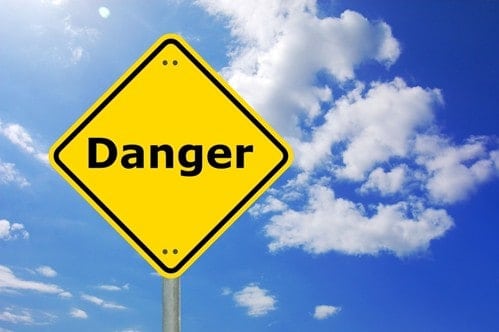The Occupation Safety & Health Administration (OSHA) has issued a final rule on limiting worker’s exposure to respirable crystalline silica – a measure that’s expected to save more than 600 lives and prevent more than 900 new cases of silicosis each year.
Silica exposure is a serious threat to nearly 2 million U.S. workers. The final rule has outlined key provisions for protecting workers from exposure while providing net benefits of about $7.7 billion each year. The new standards take effect on June 23, 2016. Depending on the industry, businesses have one to five years to reach compliance.
What is Respirable Crystalline Silica?
Crystalline Silica is a basic component of soil, sand, granite and many other minerals. Anyone who chips, cuts, drills and crushes objects that contain crystalline silica, including concrete, is at risk. Abrasive blasting, foundry work, stone cutting, rock drilling, quarry work and tunneling are among the highest risk jobs. What happens is the crystalline silica dust enters the lungs and causes the formation of scar tissue – which hinders the lungs’ ability to take in oxygen.
“Silica exposure is a serious threat to nearly 2 million U.S. workers.”
OSHA previously established what is known as a Permissible Exposure Limit (PEL) of – or the amount of crystalline silica to which workers may be exposed to in an eight-hour work shift. OSHA also required communication training and a respirator protection program until engineering controls were implemented to effectively reduce the amount of exposure. The final rule sets actual dates for implementing the proper controls and further reduces the PEL for respirable crystalline silica to 50 micrograms per cubic meter of air over an 8-hour work shift.
According To The Final Rule, Companies Must…
- Use engineering controls (such as water or ventilation) to limit worker exposure to the PEL.
- Provide respirators when engineering controls cannot adequately limit exposure.
- Limit workers access to high exposure areas.
- Develop a written exposure control plan.
- Offer medical exams to highly exposed workers.
- Train workers on silica risks and how to limit exposures.
Additionally, the new rule provides medical exams to monitor highly exposed workers and gives them information about their lung health. It also provides flexibility to help employers protect workers from silica exposure. This last provision was added to help all businesses, but especially small businesses, reach compliance.
If you are unsure whether or not your business needs to consider Respirable Crystalline Silica and the new standards set forth by the final ruling, complete this helpful Silica checklist from The Center for Construction Research and Training. If you have even more questions, contact us. From construction to healthcare and manufacturing, our expertise is reducing risk and keeping employees safe in all work environments.


